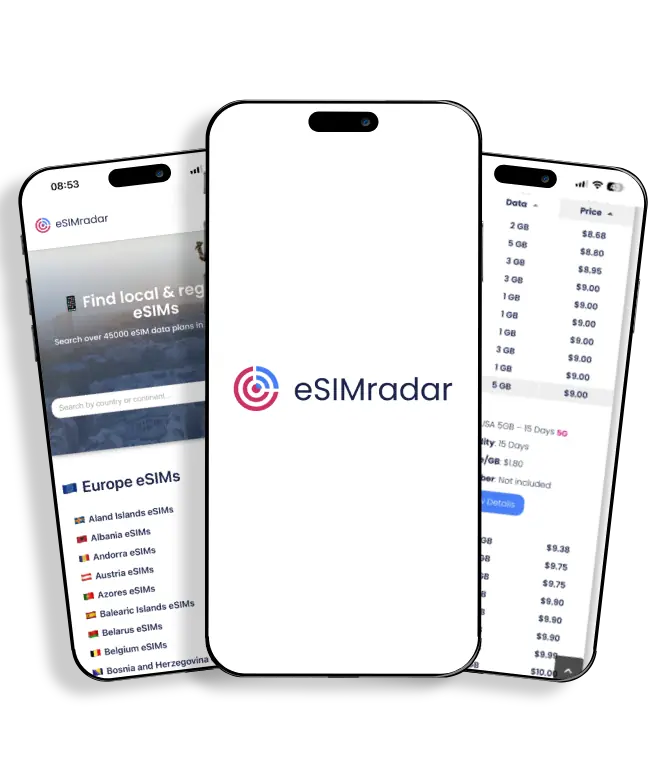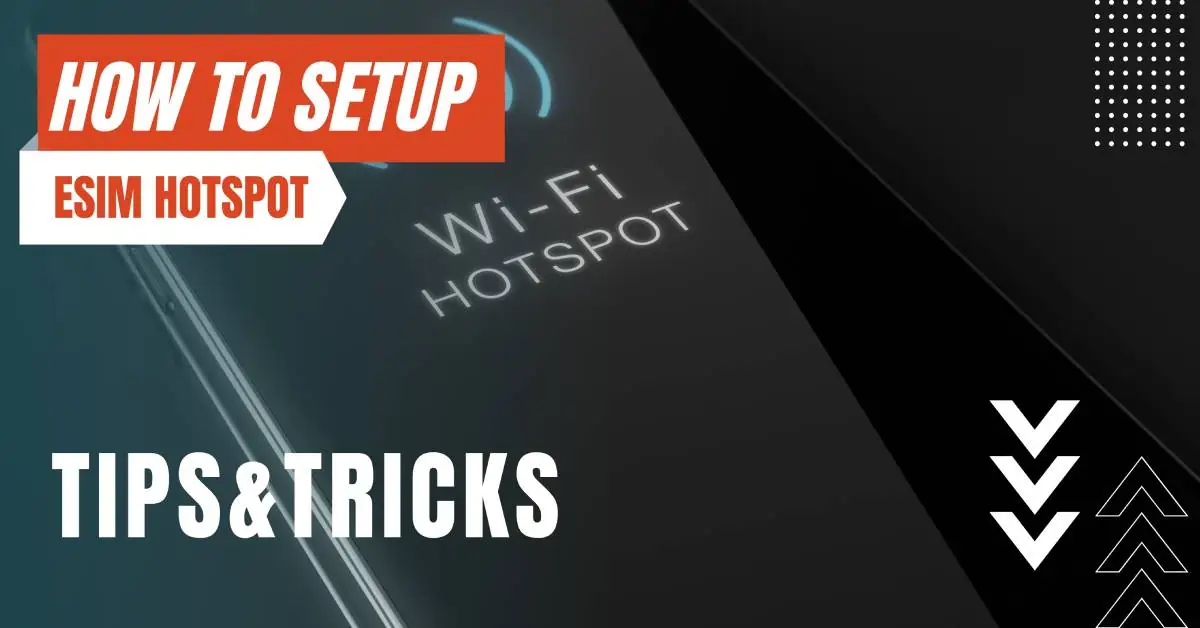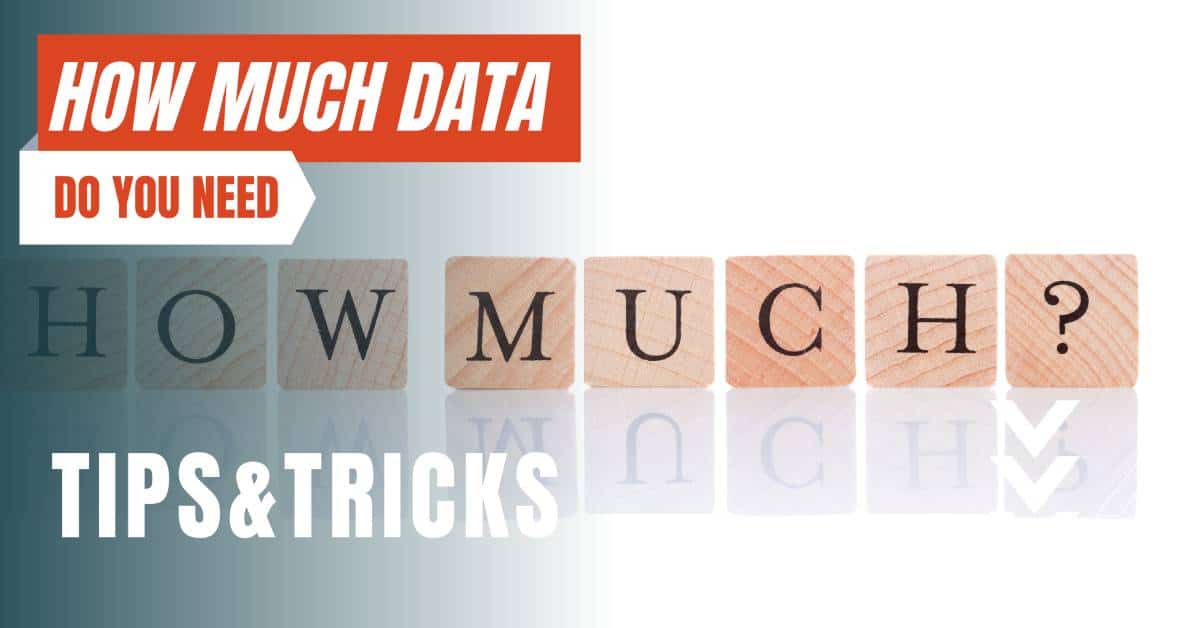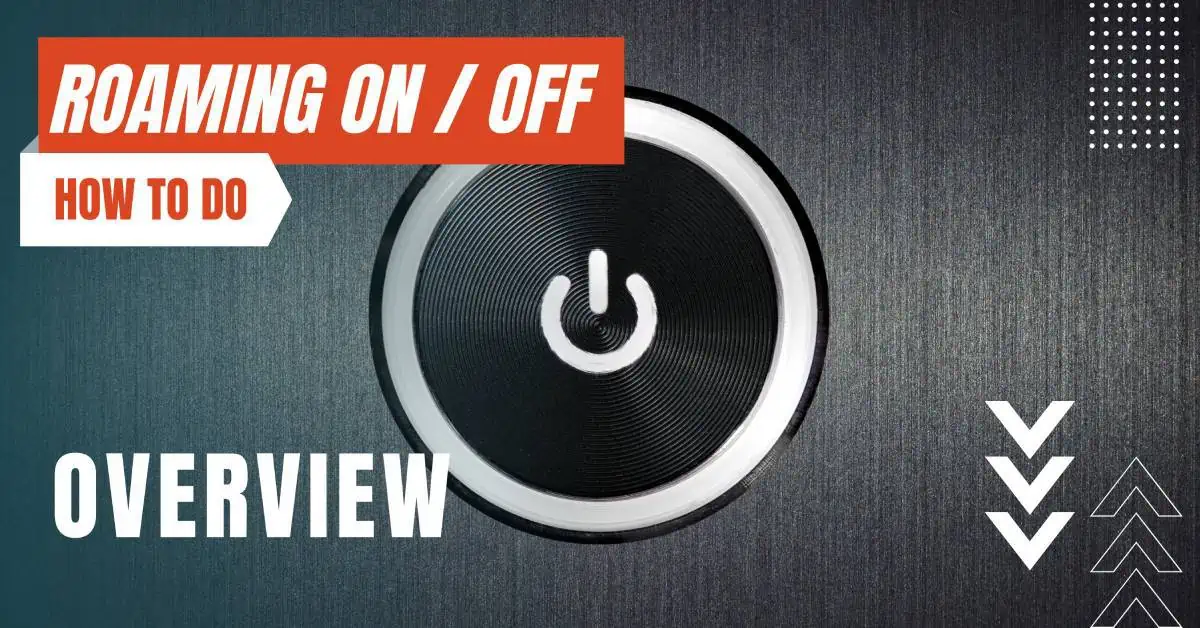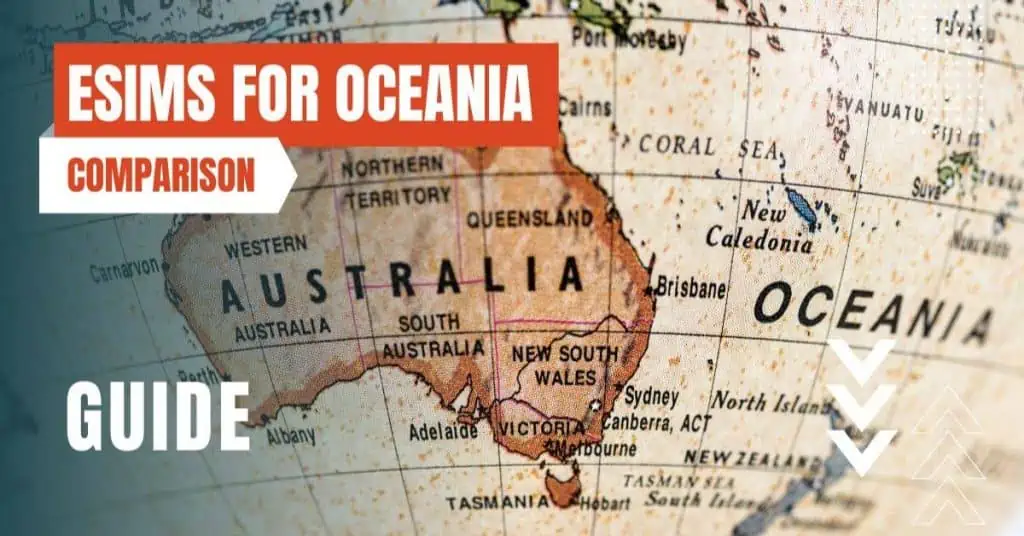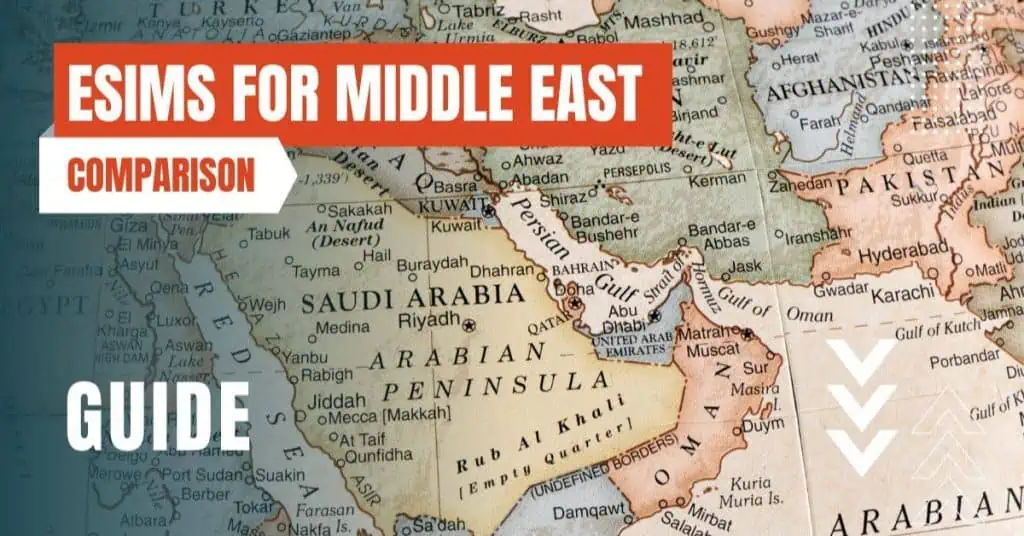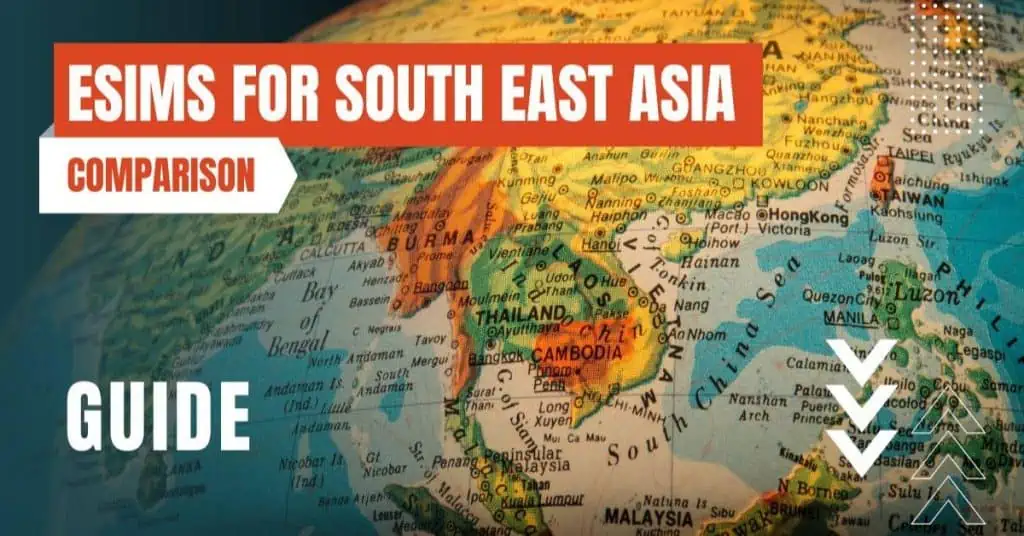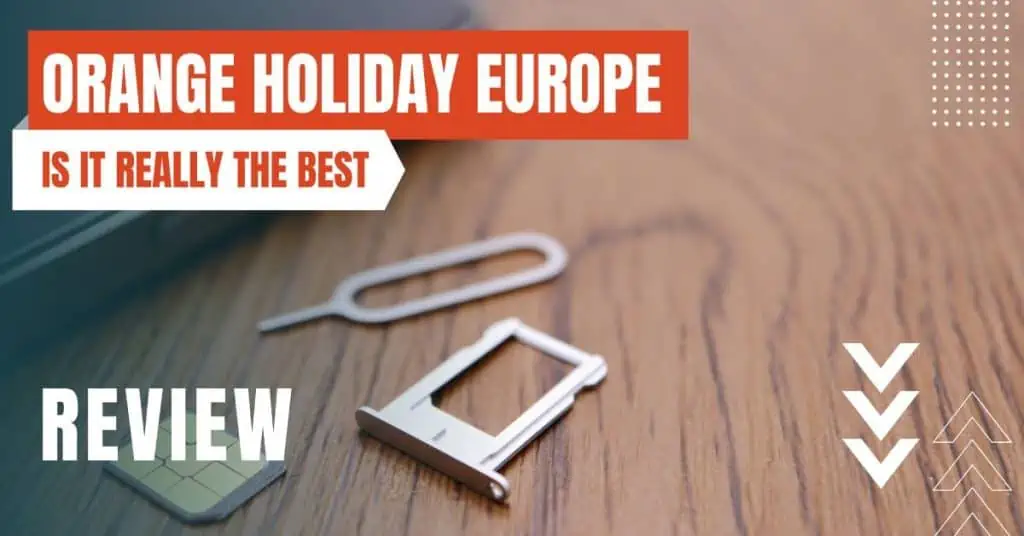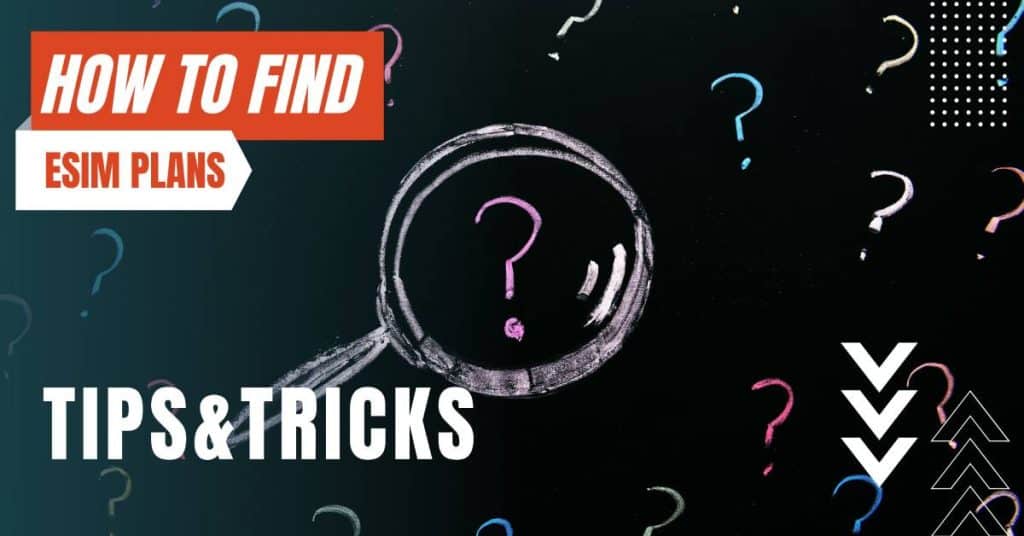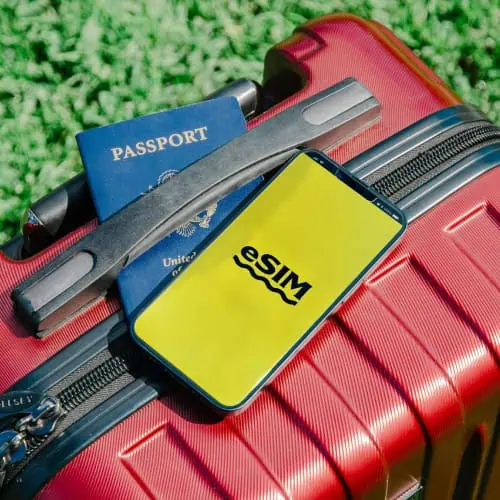All of the products and services we feature are chosen independently. If you click through links we provide, we may earn a commission. Learn more
Written by: Emily Chen
What Does Dual Carrier Mean
- Updated: September 30, 2023 | Published:
Dual carrier technology is a mobile communication method that allows for increased data transmission rates and improved coverage in certain environments. In this article, we will delve into the concept of dual carrier, its benefits, and common applications to provide a better understanding of this technology.
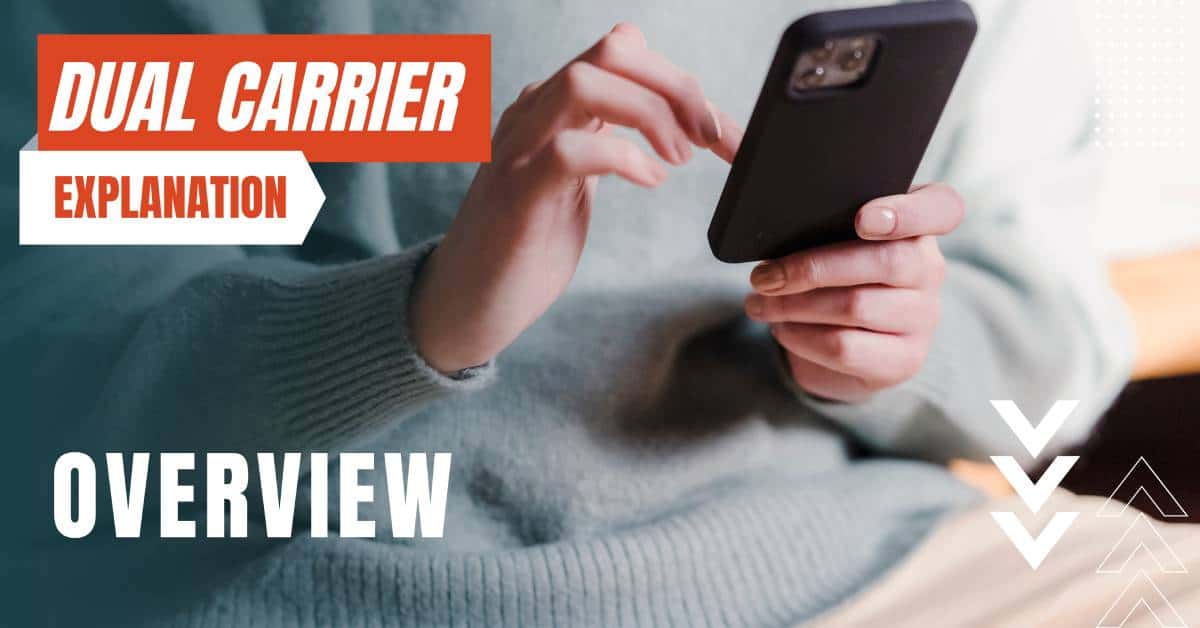
What is Dual Carrier Technology?
Dual carrier technology, also known as DC-HSDPA (Dual Carrier High Speed Downlink Packet Access), is a mobile communication method that allows for increased data transmission rates in 3G and 4G networks.
It works by using two carriers (frequencies) to transmit data instead of just one, resulting in a higher data transfer rate and improved coverage in certain environments.
How Does Dual Carrier Technology Work?
In a dual carrier system, two carriers are used to transmit data simultaneously. Each carrier has a specific frequency range and is used to transmit a separate stream of data. The two streams of data are then combined at the receiver, resulting in a higher overall data transfer rate.
One way that dual carrier technology is implemented is through the use of MIMO (Multiple Input Multiple Output) antenna systems. MIMO antenna systems use multiple antennas at both the transmitter and receiver to transmit and receive multiple data streams simultaneously. This allows for increased data transfer rates and improved coverage in certain environments.
Benefits of Dual Carrier Technology
One of the main benefits of dual carrier technology is increased data transfer rates. By using two carriers to transmit data, dual carrier technology can provide speeds up to twice as fast as regular 3G or 4G networks. This can be especially beneficial for users who need high-speed internet access for tasks such as streaming video or downloading large files.
Another benefit of dual carrier technology is improved coverage in certain environments. The use of two carriers can help to reduce the impact of interference and other disruptions, resulting in a more stable connection. This can be especially beneficial in areas with poor signal quality or in environments where interference is a common issue.
Dual carrier technology can also help to reduce network congestion, as it allows for more data to be transmitted at once. This can help to improve the overall performance of the network, resulting in faster internet speeds and a more reliable connection for all users.
Applications of Dual Carrier Technology
Dual carrier technology is commonly used in mobile devices such as smartphones and tablets to provide faster internet speeds and improved coverage. It is also used in other industries such as transportation and healthcare, where reliable communication is critical.
Dual carrier technology has also been implemented in some public safety systems to provide reliable and fast communication in emergency situations.
Final Thought
Dual carrier technology is a valuable tool for increasing data transfer rates and improving coverage in certain environments. Its benefits and applications make it a useful technology for a variety of industries and situations.
Understanding the concept of dual carrier technology can help individuals and businesses make informed decisions about their communication needs.
By entering your email & signing up, you agree to receive promotional emails on eSIMs and insider tips. You can unsubscribe or withdraw your consent at any time.

About The Author
Spread the Word, Share the Joy
Compare eSIMs
Why keep the secret to yourself? Spread the joy of eSIMradar and let everyone in on the eSIM experience!

Easy eSIM Comparison for Your Needs
Simplifying your search! Easily compare eSIM plans tailored to your specific needs

Coverage in 210+ Countries
Benefit from our extensive eSIM comparison with 30+ providers in over 210 destinations.

Save money without second-guessing
Our platform helps you maximize value, ensuring competitive prices.

Enjoy Hassle-Free Travel Abroad
Whether you’re on holiday or a business trip abroad, stay connected with ease and focus on enjoying your experiences,
Find Your Perfect eSIM & Exclusive Deals!
Find your ideal eSIM effortlessly and stay connected in style wherever your adventures take you! Get exclusive deals and discounts at your fingertips, ensuring you get connected for less on your travels!
